Who is Scott Adams?

Scott Adams is famous for creating Dilbert, a popular comic strip making fun of typical life in an office. He’s written books on humour, business and self help. More recently, he’s grabbed attention with his unique political commentary, including his prediction Donald Trump would win the 2016 US Presidential election—which almost all other experts were wrong about.
This book, How to Fail at Almost Everything and Still Win Big, is a cross between a biography and self help book, with lots of humour mixed in too. However, Scott Adams says he’s not really giving advice, but simply sharing his own experiences and opinions. As he puts it:
This is not an advice book. If you’ve ever taken advice from a cartoonist, there’s a good chance it didn’t end well.
Now let’s jump into the best lessons from this book!
🔄 1. Follow systems: Instead of chasing goals, follow daily systems, which focus on consistent progress
For many decades, the self help movement has been obsessed with goals. (In fact, Brian Tracy who was one of the best-selling personal development authors wrote a book simply titled “Goals!”) We’ve been told to set better goals… bigger goals… smarter goals… then use our willpower to achieve them.
But Scott Adams says that goals…. are for losers! Instead, we should structure our lives around systems.
You see, a goal is like an imaginary finish line in the future when we finally reach success. But a system is something we do every day, knowing it will improve our life in the long term.
Fresh out of college, Scott jumped on an airplane to California. Coincidentally, he was seated next to a successful CEO of a screw company. The CEO said he became successful by always looking for a better job. You see, most people wait until they really need a job to start looking for one. When they reach their goal of finding a job, then they stop. On the other hand, the CEO followed a system by constantly looking for the next promotion, even when he didn’t need it. In the long term, this was a much more effective strategy.
Closely related to “goals versus systems” is the idea of creating habits. Habits are actions we repeat every single day. They can also be called practices, routines or rituals. The best thing about habits is that after we repeat them enough times, they start to become automatic. This means we do the right things without needing willpower, whether that is being healthy, saving money or working productively.
The best book on setting habits is probably Atomic Habits by James Clear, which says, “Changes that seem small and unimportant at first will compound into remarkable results if you’re willing to stick with them for years.” and “It is only when looking back two, five, or perhaps ten years later that the value of good habits and the cost of bad ones becomes strikingly apparent.” If you’re interested in practical science-based tips for creating positive new habits, then read our summary of Atomic Habits by James Clear.
One more example: People set goals for losing weight. They force themselves to eat food they don’t like. They force themselves to do exercise they hate. And before they reach the goal, they feel like failures. If they finally achieve their goal weight, they have a moment of glory. But with their goal finished, they lose their direction and motivation. Perhaps that’s why so many people who lose weight regain it all again.
On the other hand, people who stay fit seem to follow systems rather than aiming for a certain finish line. Scott Adams’ system includes:
- Finding healthy foods he likes to eat, so that healthy eating doesn’t feel like punishment. (Including using salt, butter and other condiments to make vegetables taste better.)
- Keeping lots of fast convenient healthy foods around like nuts, apples and pre-cut vegetables, so that eating well takes less willpower than going out to buy junk food.
- Exercising only in ways he truly enjoys, so that working out makes him feel energized rather than miserable. (He claims running is “little more than the most cost-effective way to be bored and uncomfortable”, but he enjoys tennis and golf instead.)
Self help authors often tell us to set goals, but Scott Adams says goals are for losers. Instead, long-term success comes from using systems, which means doing the right actions every day with no deadline.
🎨 2. Build a “Talent Stack”: Combining multiple skills can create a unique advantage for you
Becoming good at multiple skills is a better success strategy for most people than becoming world-class in one skill. Scott Adams calls this building a “talent stack.” The simple truth is that very few of us can be the best in the world in one skill. And the good news is, we don’t have to be!
For example, Dilbert was created because Scott Adams is an okay artist, a reasonably funny writer and has enough corporate experience to make jokes about. He says he’s not excellent at any of these skills. Millions of artists are more talented than him, but they don’t have that unique combination of skills that created Dilbert.
This means trying to be perfect at something we’re already pretty good at is often a poor use of time, a fact which experts call the law of diminishing returns. However, learning a new skill (like programming apps or speaking Japanese) can open many new opportunities for someone. In my country Canada you can’t even be considered for many government jobs unless you speak both english and french.

In general, Adams says these skills are very useful for most careers:
- Public speaking & proper voice technique
- Psychology & persuasion
- Business writing & proper grammar
- (The basics of) Accounting, design & technology
- Conversation & overcoming shyness
- A second language
- Golf (common activities are great for networking and bonding)
If you want to learn persuasions skills and human psychology, the best source may be Robert Cialdini, an author, professor and top researcher. (In fact, Scott Adams uses the nickname “Godzilla” when talking about Cialdini because he’s such a giant in the field.)
In his most recent book Pre-Suasion, Cialdini explains a technique many expert salespeople use called price anchoring. This means before revealing the real price of their product, they first show a more expensive price. The higher price “anchors” or fixes our expectations, which then makes the real price to feel small by comparison. For example, when Steve Jobs announced the iPad, he first showed a price of $999 and said this is how much most people expected to pay. Then he revealed the real price of $499 and the crowd cheered. If you want to learn more practical persuasion tips like this, then read our summary of Pre-Suasion by Robert Cialdini.
Being the best in the world at one skill is almost impossible. Instead, build a “stack” of multiple skills that you’re pretty good at. Scott Adams is just okay at drawing, writing and business, but this unique combination of skills have made him very successful.
❌ 3. Expect failure: Expect yourself to fail many times on your path to success
Scott wanted to stop working a regular 9-5 career as soon as possible. His plan was to make a product that could be easily replicated an unlimited number of times. (Like computer software for example.) In business language, this is called a scalable business, meaning one that can grow easily. He wanted his income to be disconnected from how many hours he worked.
After graduating with an economics degree, Scott worked at a bank. He completed his MBA at night and finished many other classes, both company-sponsored. He was taking steps in the right direction, getting the business skills needed to achieve his bigger plan.
It seems Scott Adams was thinking big from the beginning of his career. This is similar to another man he’s often commented on: Donald Trump. In the book The Art of the Deal, Trump says he didn’t feel intimidated buying a 1,200-unit apartment building in his 30’s because it’s almost the same amount of work to manage 1,200 units… as it is to manage 50 units! And he says that’s the real secret of billionaires: they don’t necessarily work harder than other people, but they pick the right kinds of work.
Trump wrote, “I like thinking big. I always have. To me it’s very simple: if you’re going to be thinking anyway, you might as well think big. Most people think small, because most people are afraid of success, afraid of making decisions, afraid of winning. And that gives people like me a great advantage.” If you want to hear advice more like this, then read our summary of The Art of the Deal by Donald Trump.
Many people view failure as a total waste of time, effort and money, but Scott had prepared himself to expect failures. In fact, he saw it as part of his system—each new failure was a step towards finding the right business idea. Because each time he was gaining new knowledge, skills or connections that would serve him well in his next try.
My system of creating something the public wants and reproducing it in large quantities nearly guaranteed a string of failures. By design, all of my efforts were long shots. Had I been goal oriented instead of system, I imagine I would have given up after the first several failures.
Throughout his life, Scott had many business ideas that failed, including:
- A sports accessory for tennis players he designed in college. Many sporting goods companies rejected the product.
- A meditation guide he wrote with a friend after college. They ran many local advertisements but only sold 3 copies.
- 2 different computer games. He learned programming and worked on these games for years after work, but in the end sold 20 copies.
- A special type of keyboard design for mobile phones. Also a method for inserting ads into electronic calendars. He received patents for both these ideas or inventions, but they never paid off.
- His early attempts at cartooning were rejected by magazines including Playboy and the New Yorker.
- Investing a lot of money in WebVan stock, an early grocery delivery startup, then it went out of business quickly. (He also lost a lot of money in other early stock investments.)
- 2 restaurants he opened after his Dilbert success, both of which eventually went bankrupt.
- A line of vegetarian burritos. This one also failed, after several million dollars had been invested.
Many people say luck is a big part of success. Scott Adams agrees with that, and he also says we can increase our odds of getting lucky by trying many different ideas. He says becoming successful is like pulling the lever of a slot machine at a casino. Yes, each pull does cost us, but we can pull that lever over and over again. We can try many ideas until we find THE ONE that starts working.
The financial thinker Nassim Taleb shares similar advice in his book The Black Swan: “The strategy for the discoverers and entrepreneurs is to rely less on top-down planning and focus on maximum tinkering and recognizing opportunities when they present themselves. So I disagree with the followers of Marx and those of Adam Smith: the reason free markets work is because they allow people to be lucky, thanks to aggressive trial and error, not by giving rewards or ‘incentives’ for skill.” If you like fascinating ideas about economics and probability, then I recommend our summary of The Black Swan by Nassim Taleb.
Scott Adams failed many times before and after his Dilbert success. This didn’t bother him because he saw failure as part of his system: each time he gained new knowledge, skills and connections for his next attempt. In business, we can increase our odds of getting lucky by making many attempts, like pulling a slot machine lever over and over again.
🚫 4. Cut Your Losses Early: Don’t keep working on business ideas that start out bad
When we’re working on our business ideas, there’s usually a difficult early period when we’re not sure if we should persist. So how do we know which business ideas to keep working on, and which ones we should quit? Well, Scott Adams says:
My guideline for deciding when to quit is informed by a lifetime of trying dozens of business ideas, most of them failures. I’ve also carefully observed others struggling with the stay-or-quit decision. There have been times I stuck with bad ideas for far too long out of a misguided sense that persistence is a virtue. The pattern I noticed was this: Things that will someday work out well start out well. Things that will never work start out bad and stay that way.
If some people are enthusiastic about even the rough early version of your idea, then you may have a winner. (Enthusiasm means taking some action, like buying the product or sharing it with friends.) But if you launch your product and nobody is interested, then maybe you should quit to try something different.
The first Dilbert comics had rough and amateur drawings, but a core audience still loved them. Just like the first iPhones were primitive and lacking features, but people lined up around the block for them. Those early fans fund improvements in the product quality over time.
If some people are enthusiastic about even the early rough version of your product, then keep working on it. But if nobody cares, then further work to improve product quality may be pointless.
🗣️ 5. Listen to feedback: Accepting constructive criticism can turn a mediocre product into a winner
Dilbert launched in 1989. It was published in a few dozen newspapers, then growth stalled for a few years.
Then in 1993, Scott Adams tried something new. He printed his email address in the margins of each comic, allowing anybody to contact him directly. That was the game-changer.
The most common message he received was that people liked the office-related comic strips best. So he began only focusing on Dilbert’s office life, and it exploded in popularity. He writes this was “the turning point” for Dilbert’s success.
One of the books Scott Adams mentions is The 7 Habits of Highly Effective People, which is probably the most popular self-help book of all time. In that book, the 5th habit is: “Seek first to understand, then to be understood.” This means most of us fail at listening to others because we’re not really listening—we are already thinking about how we will respond, comment or advise them.
For example, bad salespeople jump into a prepared speech (or pitch) about what they assume the other person should want. Good salespeople, on the other hand, start by asking questions. They listen to the unique needs of the person in front of them, then show how their product fits those needs. In business and life, we should always start with understanding and listening to the person we’re talking to. Learn more timeless personal growth principles like this in our summary of The 7 Habits of Highly Effective People by Stephen Covey.
Scott Adams put his email in Dilbert comic strips to hear comments from his readers. Based on their feedback, he changed the focus to office life, which caused Dilbert to take off in popularity.
🔋 6. Prioritize Personal Energy: Managing your energy levels is the most important thing for productivity and well-being
We all want to achieve many outcomes in our lives. Outcomes related to our finances, health, relationships and more. How do we decide which ONE is most important to work on first? Scott Adams says the answer is simple:
Personal energy is always the first priority because it lets us achieve all our other priorities.
You can be a lot more productive when you pay attention to your energy levels. For example, Scott Adams does his most creative work like drawing cartoons in the early morning when his energy is highest. He does routine work like emails in the afternoon when his energy is lower.
Now how can we increase our overall energy? The first step is taking care of our basic biology.
Exercise, food, and sleep should be your first buttons to push if you’re trying to elevate your attitude and raise your energy.
Food actually has an incredible impact on our energy levels, a fact many people are unaware of. Scott Adams recommends we experiment to learn what effect different foods have on us. Direct experience will convince us far more than endless sermons from health experts. He says most foods with “simple carbs” make him feel sleepy and lethargic. Those are foods like white bread, white rice and potatoes. However, pasta doesn’t.
Sleep is another key factor in our energy. Matthew Walker is a top sleep expert and a neuroscience professor at UC Berkeley. In his book, Why We Sleep, he says 2/3 of people in the US don’t get the recommended amount of sleep every night. More worryingly, he says “Routinely sleeping less than six or seven hours a night demolishes your immune system, more than doubling your risk of cancer.”
So how can we get enough sleep? Matthew recommends cutting out blue light from electronics before sleep and going to sleep at the same time every night. To learn more about the science of sleep and how to improve your rest, read our summary of Why We Sleep by Matthew Walker.
Finally, we can gain a lot of energy from a project in our lives that has big potential. Scott Adams worked dull corporate jobs for decades, but he generally felt energized because he was always working on some side project that he believed could set him free and make him wealthy. Daydreaming about a bright future ahead also kept him passionate.
Keep your personal energy high because it helps you achieve everything else. Experiment with different foods. Get sleep and exercise. Work on side projects with big potential to feel hopeful.
🌞 7. Try Affirmations: Try repeating affirmations to boost confidence and motivation, even if you’re skeptical
Affirmations are positive statements about what you want to achieve. For example, you could say “I want to be a millionaire” 15 times every day. The specific directions are probably not important. You just have to imagine yourself getting what you want while repeating the affirmation around 15 times in your head, out loud, or in writing.
In the self-help world, affirmations used to be a popular technique. But today many people see it as irrational or unscientific. Adams doesn’t have a good response to these criticisms. He was very skeptical too, but someone very smart (a member of MENSA) recommended them to him, so he gave affirmations a try. Now he says affirmations helped achieve many of his biggest successes.
A list of successes that are hard to explain as mere coincidences:
- First he told himself “I, Scott, will become rich.” Then he received two flashes of insight telling him to invest in two specific stocks. Both these stocks grew like crazy over the next year, but he didn’t trust his intuition fully so he didn’t invest much money.
- Then he made an affirmation to date a woman he’d seen briefly at work. He believed this was extremely unlikely to happen, because she was out of his league, yet somehow they ended up briefly dating.
- Then he made an affirmation to score 94 on the GMAT test, required to enter MBA programs. He’d only scored 77 finishing high school, but this time even with almost no preparation, he received the exact score of 94. He couldn’t believe his eyes receiving the letter.
- Then he made an affirmation that “I, Scott Adams, will become a famous cartoonist.” It was the biggest, most desirable goal he could imagine. We all know how that one turned out.
- On the other hand, many of his biggest failures happened when he didn’t use affirmations, like his restaurants and burrito businesses.
Adams doesn’t believe in magic. He believes there is probably some psychological explanation why affirmations work. Maybe they help train our focus so we see new opportunities related to our desire. Even if there is no rational explanation for affirmations yet, maybe they are still worth trying? What have we got to lose?
Affirmations are positive statements like “I will be a millionaire.” You imagine getting what you want while repeating the affirmation 15 times in your head, out loud, or in writing. Scott Adams says this (admittedly unscientific) technique was key to his biggest successes.
Conclusion
This book was like sitting across from a funny successful older person sharing their wisdom and life stories. Many little practical tips didn’t make it into this summary, tips about public speaking, persuasion, healthy living, etc. So if you enjoyed this, then it’s well worth picking up the full book. (And you’ll see some free Dilbert comics inside too!)

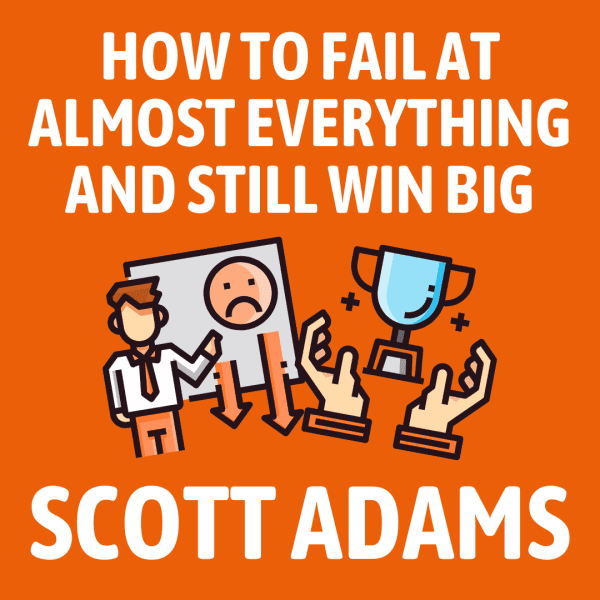
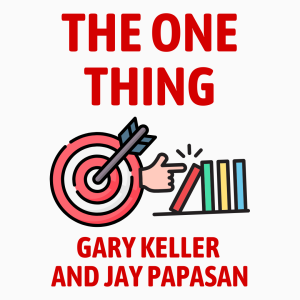
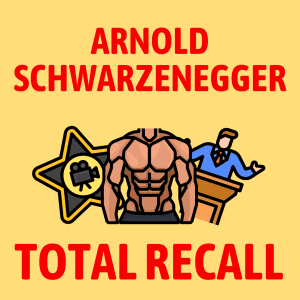
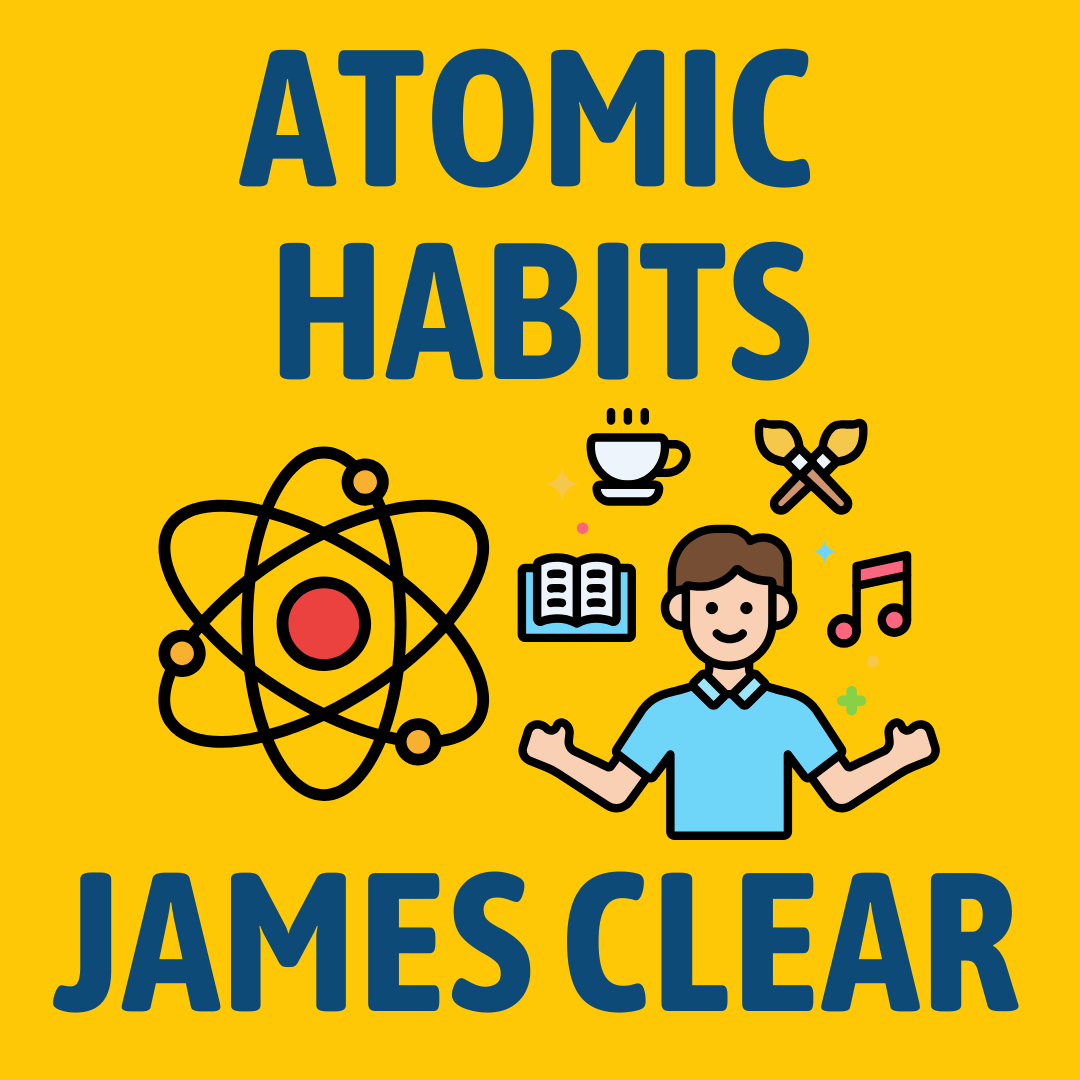
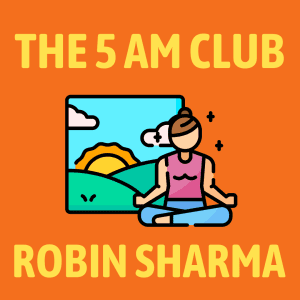

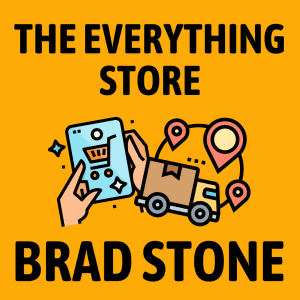
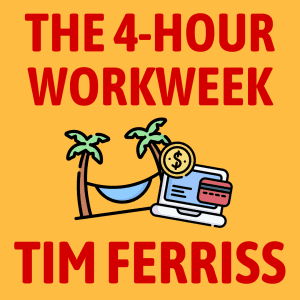
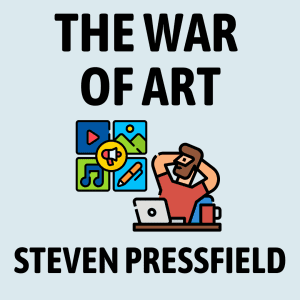

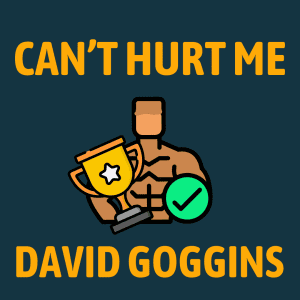
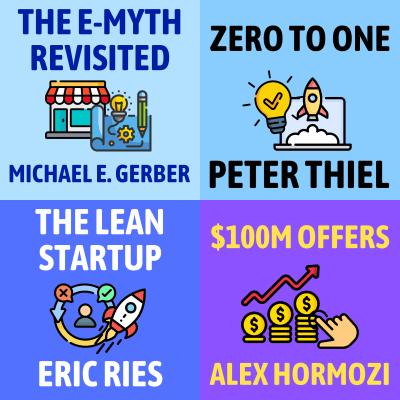
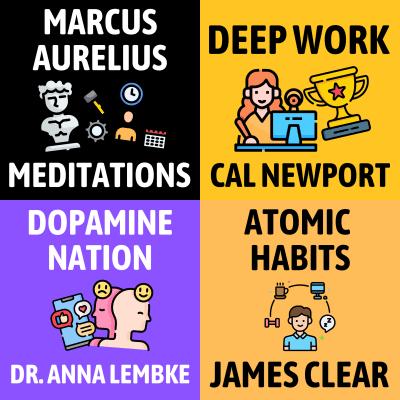
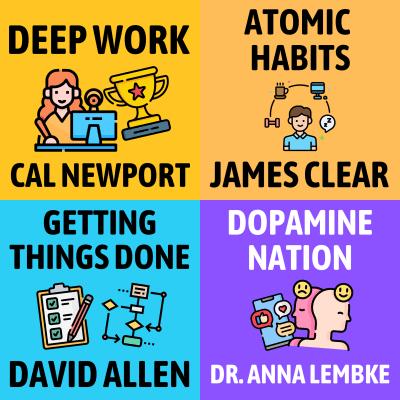
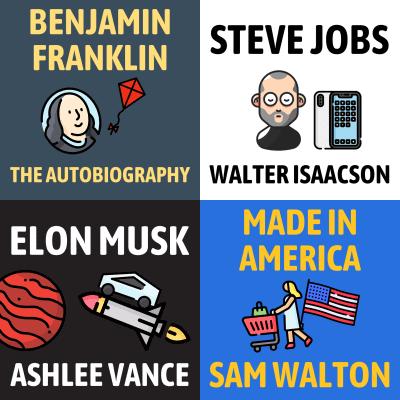











great summary